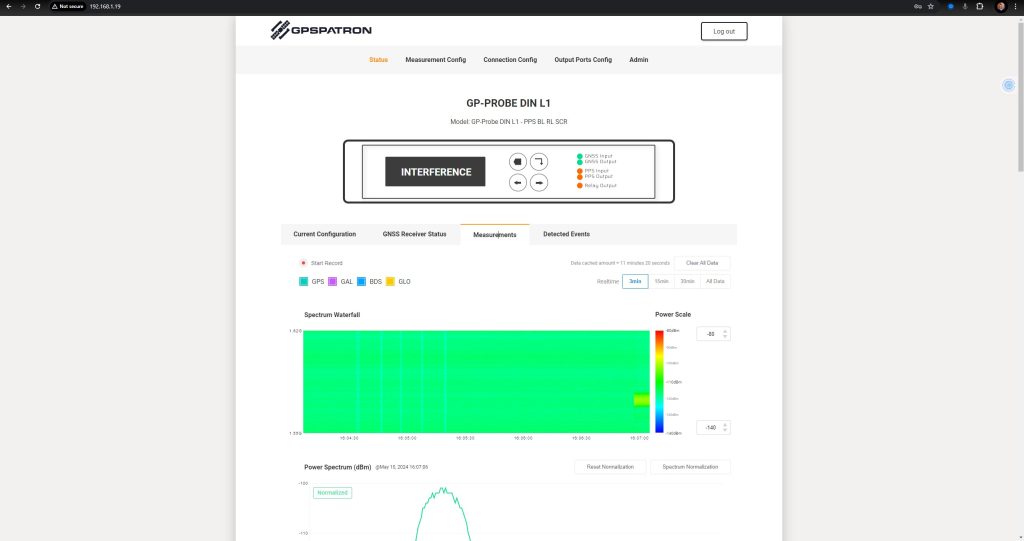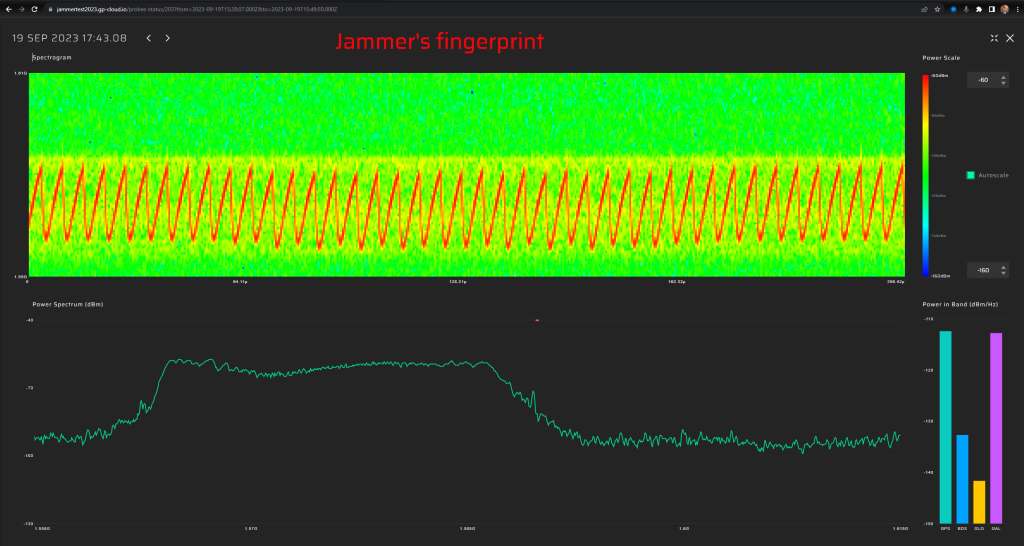The Role of RTK GNSS in Drone Shows
In the world of drone shows, precision is paramount. Each drone must fly in perfect synchronization to create breathtaking patterns and visuals. This level of coordination is possible thanks to Real-Time Kinematic (RTK) GNSS technology, which ensures every drone knows its exact position relative to others. However, RTK GNSS systems are highly susceptible to interference due to their reliance on precise carrier phase measurements. Even low-power and short-duration interference can disrupt GNSS signal phase tracking, leading to significant recovery time for phase measurement and ambiguity resolution, and potentially completely disrupting a drone show.

Although drone show operators may not frequently encounter such issues, the consequences can be severe if they do. Operators can face customer complaints, penalties according to a contract, loss of reputation, and lack of concrete evidence that the disruption was not due to glitches in their software or hardware. In on top of that, operators could face lawsuits or law enforcement investigations if a heavy drone falls on someone’s property or, worse, into the crowds that inevitably gather at these sorts of events.
At GPSPATRON, we offer a solution for monitoring and detecting GNSS interference and logging the quality of GNSS signals. In the event of problems, you will have all the evidence needed to avoid significant consequences and demonstrate that interference, not technical faults, caused the disruption.
Types of GNSS Interference and Their Sources
In this section, we’ve compiled a list of the most likely sources of GNSS interference that drone show operators might encounter. While not exhaustive, these represent the most probable threats that could disrupt a drone show. GNSS interference can be intentional or unintentional. Understanding the sources and impacts of such interference is crucial for effective prevention and mitigation.
Unintentional Interference
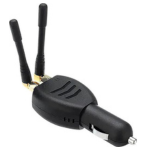
In-Car Jammers
Car jammers, often used by taxi and truck drivers to protect their personal privacy and block tracking systems, are a significant source of GNSS interference in Western Europe and North America. Even a weak jammer near an RTK station can cause problems for all connected drones. Powerful in-car jammers can even interfere with airplanes coming in for a landing.
- An engineering firm worker in New Jersey has a GPS jammer so his bosses don’t know where he is all the time. However, his route takes him close to Newark airport, and his jammer affects its satellite systems: Truck driver has GPS jammer, accidentally jams Newark airport
- Learn more about how in-car jammers compromise GNSS integrity: In-Car Jammers Killing GNSS Integrity
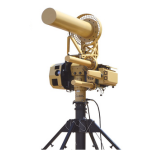
Anti-Drone Defense Systems
Government agencies, including the police and military, may use GNSS jammers or spoofers as part of anti-drone defense systems to protect critical infrastructure from unauthorized drones. Drone shows near such areas can be inadvertently affected by these signals.

Spoofing and Jamming on Maritime Vessels for Sanction Evasion
Maritime vessels, particularly those from sanctioned countries, often use GNSS spoofing and jamming to circumvent sanctions or illegally enter foreign territorial waters. If you’re hosting a drone show near the coast, you could accidentally encounter this interference.

Industrial Interference
There are many sources of industrial interference that can affect GNSS reception. Some of the most common include:
- Radio transmitters such as those used for cell phone towers and broadcast stations, can also emit electromagnetic radiation that can interfere with GNSS signals. The strength of the interference will depend on the power of the transmitter and the distance from the receiver.
- Industrial machinery, such as welders and arc furnaces, can generate electromagnetic interference that can interfere with GNSS signals.
- High-Voltage Power Lines can generate strong electromagnetic fields that can interfere with GNSS signals. This is especially true when the lines are close to the GNSS receiver.
- Military radar systems can emit very powerful electromagnetic signals that can overwhelm GNSS receivers.

Unidentified Sources
In some cases, GNSS interference can come from unidentified sources, creating significant disruptions without clear attribution. A prime example is the 2022 interference incident near Dallas-Fort Worth Airport, which resulted in rerouted flights and degraded GNSS signal quality across multiple aircraft. Despite extensive investigations by the Federal Aviation Administration (FAA) and the Department of Homeland Security (DHS), the exact cause of the interference remains unknown. Such incidents underscore the importance of comprehensive GNSS interference detection and logging to ensure safety and gather evidence for further investigations.
Read more about the mysterious 2022 Texas interference incident here: The Unsolved Mystery of the 2022 Texas Interference
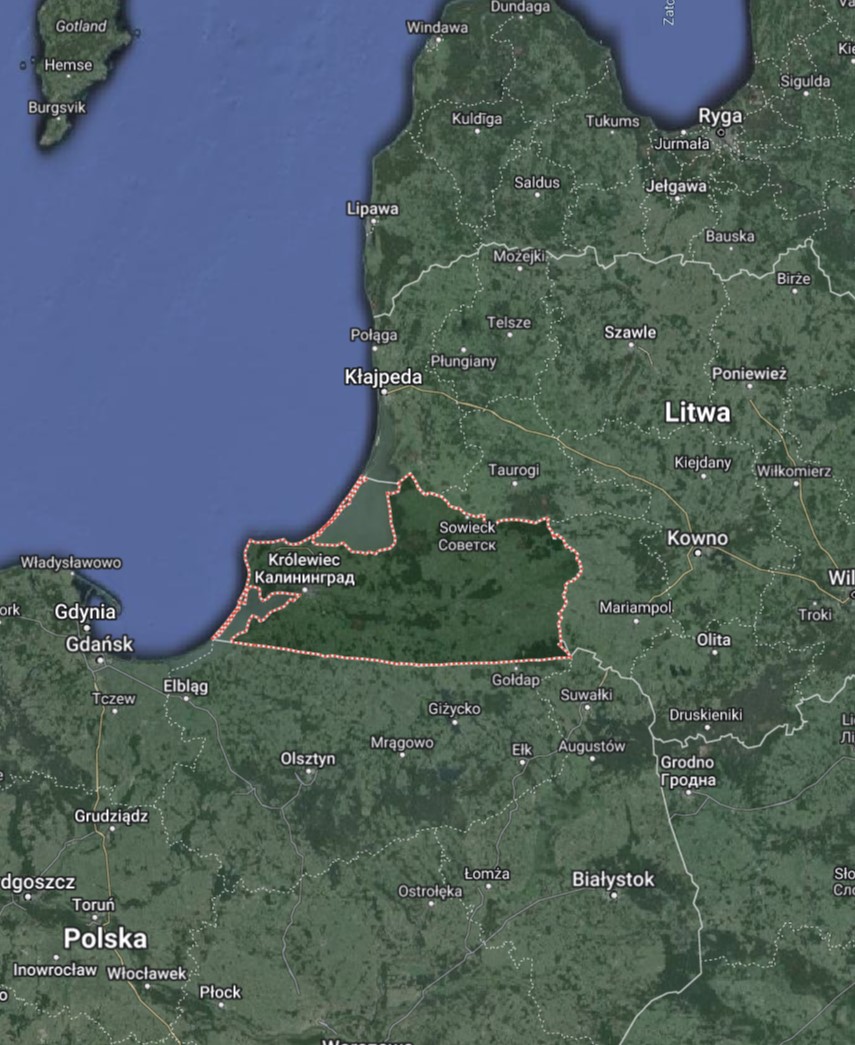
High-Risk Regions: Kaliningrad and the Middle East
Drone shows conducted near the Russian exclave of Kaliningrad or in the Middle East face significant risks due to prevalent GNSS interference activities in these regions.
- Kaliningrad Region: The active Russian military presence in Kaliningrad frequently engages in GNSS signal jamming. The jamming zones can change based on military activities, and the exact range of signal suppression is not always predictable. This poses a substantial threat to drone shows held near the region.
- Middle East: Similarly, in the Middle East, GNSS spoofing and jamming are widely used for strategic purposes. Hostile forces or government agencies often interfere with GNSS signals to mislead or block UAVs and missiles. Drone shows conducted near these regions are at high risk of disruption due to such interference.
Operators should exercise extreme caution when planning events in these areas and consider implementing robust GNSS monitoring solutions to identify and mitigate interference threats promptly.
Intentional Interference
Competitors Seeking to Disrupt the Show
Competitors may attempt to sabotage a drone show using GNSS jammers for several reasons:
- Market Competition: Disrupting the show can damage a company’s reputation, giving competitors an edge.
- Financial Motive: A disrupted show can lead to penalties, refunds, or lost contracts, benefiting competitors.
- Corporate Espionage: Sabotaging a show can lead to a competitive advantage through stolen business opportunities.
Competitors may use jammers in the form of a shotgun with a directional antenna or compact devices with omnidirectional antennas.

Hooligans Experimenting with Spoofing
Hooligans and tech enthusiasts often attempt to interfere with drone shows for the thrill of it or to test their hacking skills. They can easily download software from GitHub and use HackRF or other Software-Defined Radios (SDRs) to run spoofers. Spoofing tools can simulate GNSS signals, leading drones astray.

Consequences of Interference
GNSS interference can have severe consequences for drone shows, affecting safety, finances, and reputation.
Drones Falling on People and Property:
GNSS Interference can cause drones to fall out of the sky, endangering spectators and damaging property.
Penalties from Customers:
A disrupted show may lead to penalties or refunds imposed by customers.
Criminal Prosecution:
Injuries resulting from falling drones can lead to criminal prosecution if a malfunction in the control system is suspected.
Insurance Denials:
Insurance companies may deny claims if negligence is proven to be the cause of the accident.
Legal Claims for Property Damage:
Drone operators can be sued for property damage caused by malfunctioning drones.
Solution from GPSPATRON
There is no realistic way to fully protect your drones from GNSS interference. Equipping each drone with expensive CRPA antennas is impractical. Instead, we offer our GNSS interference detection and signal quality analysis system.
The system provides you with the necessary evidence to avoid issues with clients and law enforcement if something goes wrong during your drone show due to GNSS interference. Furthermore, in its advanced configuration with multiple distributed sensors, you’ll receive real-time alerts about incoming interference, giving you the critical time needed to take immediate action.
We offer a range of configurations to meet the diverse needs of our customers, from single, affordable devices for logging interference and signal quality, to advanced equipment for detailed interference classification, and full networks of distributed sensors providing real-time alerts about incoming interference.
No matter your requirements, our solutions ensure the reliable and secure operation of your drone shows.
Basic Kit
Hardware:
- One GP-Probe DIN L1 interference detector unit.
Software:
- GP-Probe DIN L1 opt.: OSP – Onboard signal processing software option for interference and anomaly detection in GNSS signals without connecting to GP-Cloud servers. The probe operates completely independently.
Description:
The detector can be installed near your control center. It’s easily mountable in a 19-inch rack and operates on 12V to 48V power. The GNSS antenna should be placed several meters away from any equipment to avoid industrial interference.
The OSP software option enables real-time signal monitoring and interference detection. All information about real-time measurements and detected events is available through the built-in web interface.
A small built-in screen on the detector can indicate the presence of interference. Additionally, any external alarm system can be connected via the built-in NO-C-NC relay.
In these screenshots, you can see examples of real-time interference detection and a list of detected incidents:
Advantages:
- Low implementation cost
- Fast installation speed
- Internet independence
Disadvantages:
- Due to the propagation conditions of radio signals, the potential jammer signal at your specific observation point may be too weak for detection. However, since your drones fly at high altitudes, they are likely to be affected by interference. Additionally, malicious actors could use jammers with directional antennas.
- The device only stores basic information about the interference, such as time, peak power, power spectrum, and a few other details. This data is sufficient to confirm the presence of interference but not enough for thorough analysis and identification of scenarios or possible sources.
Enhanced Configuration
Hardware:
- Four GP-Probe DIN L1 detectors with internet connectivity
Software:
- Subscription to GP-Cloud
Description:
The detectors can be placed around the perimeter of your drone show area. They should be connected to the internet for access to GP-Cloud. The GP-Cloud subscription enables centralized real-time monitoring and logging of GNSS signal quality across all detectors.
A greater number of detectors increases the likelihood of detecting intentional attacks with directional antennas, where the interference signal level on the ground is minimal, but most of the power is directed at your drones.
Screenshots below show the data available in GP-Cloud:
Advantages:
- Centralized monitoring via GP-Cloud
- Storage of all raw data during the observation period for further post-analysis
- High probability of detecting weak interference due to distributed sensors
Disadvantages:
- Requires internet connection
- No classification of interference types (spoofing vs. jamming)
Advanced Detection and Classification System
Hardware:
- Multiple GP-Probe DIN L1 detectors
- One GP-Probe TGE2 unit for detailed interference classification
Software:
- Subscription to GP-Cloud
Description:
For this configuration, we propose a larger number of GP-Probe DIN L1 detectors. The detectors can be strategically installed around the perimeter of your flight zone and at nearby access points like roads and parking lots. This allows for early detection of approaching jammers mounted in vehicles, a frequent source of interference, providing you with the critical time needed to implement protective measures.
The GP-Probe TGE2 is a sophisticated three-channel GNSS interference detector that offers comprehensive measurement data to GP-Cloud, enabling detailed analysis of interference. With spatial signal processing capabilities, the GP-Probe TGE2 can identify even the most advanced intentional spoofing attacks.
Example of a detected attack: A complex intentional spoofing scenario where all GNSS constellations are initially jammed, followed by the simultaneous spoofing of Galileo and GPS while GLONASS remains jammed:
The screenshot below shows a spectrogram of a cheap Chinese jammer, serving as a unique fingerprint for identifying RF interference:
Advantages:
- Increased sensor density enables early detection of approaching interference before it impacts your drones.
- The GP-Probe TGE2 allows for detailed classification and analysis of interference signals and the detection of all types of spoofing.
Disadvantages:
- Operates via the cloud, requiring cybersecurity team approval.
- Does not include geolocation of the interference source.
Ultimate Security Solution
Hardware:
- Multiple GP-Probe DIN L1 detectors
- At least three GP-Probe TGE2 units with TDOA option for interference localization
Software:
- GP-Cloud deployed on your servers with an On-Premises License
Description:
The Ultimate Security Solution offers the highest level of protection by combining multiple GP-Probe DIN L1 detectors with at least three advanced GP-Probe TGE2 units, positioned around the perimeter of your flight zone. This setup allows for precise localization of interference sources using the Time Difference of Arrival (TDOA) method.
To meet the strictest cybersecurity requirements, the GP-Cloud software is deployed directly on your organization’s servers with an On-Premises License, ensuring maximum data security and compliance with your internal policies.
Advantages:
- No connection to external cloud services, providing enhanced cybersecurity
- Real-time localization of interference sources using TDOA
- High sensitivity to interference signals
- Real-time interference classification
- Access to raw IQ samples from the GP-Probe TGE2 signal analyzer for detailed interference analysis
Disadvantages:
- None
Conclusion
GNSS interference poses a serious threat to the safety and success of drone shows. GPSPATRON provides a comprehensive range of detection and monitoring solutions, from basic logging devices to advanced networks with real-time interference classification and localization.
Book a Demo:
Secure your drone fleet and ensure smooth operations by booking an online demonstration with GPSPATRON experts. Discuss your unique needs with our specialists and learn how our GNSS interference detection systems can safeguard your shows.
